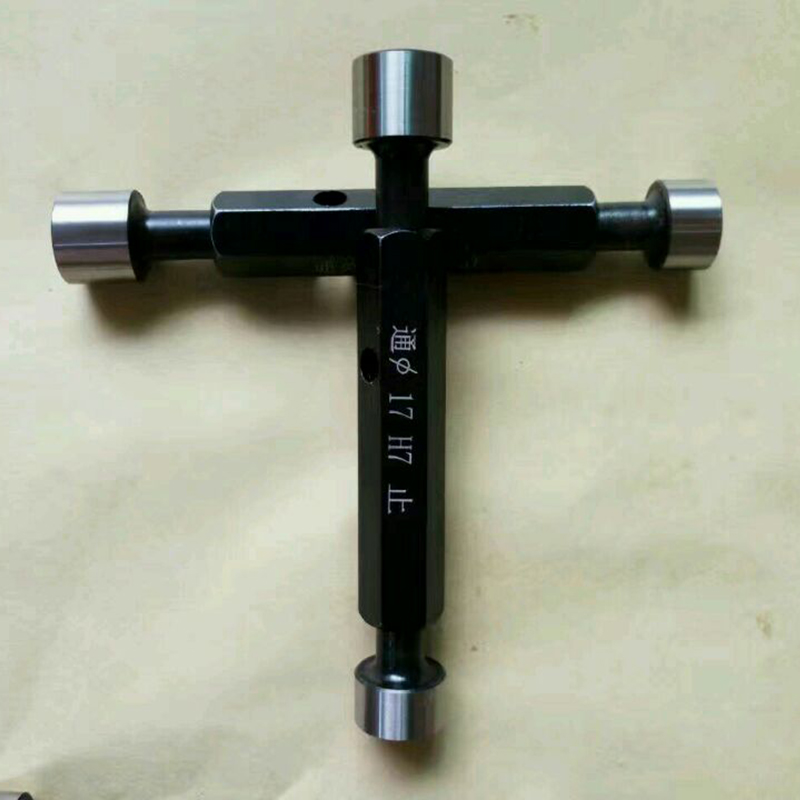Aug . 13, 2024 04:56 Back to list
Innovative Solutions for Efficient Connection of Timber Structures in Modern Construction Projects
The Importance of Construction Timber Connectors
In the realm of construction, particularly when dealing with timber structures, the importance of connectors cannot be overstated. These essential components serve a crucial role in ensuring the stability, strength, and longevity of wooden buildings. As the demand for sustainable and renewable building materials rises, timber has emerged as a favored choice due to its environmental benefits and aesthetic appeal. However, the effective use of timber hinges significantly on the quality and types of connectors employed during construction.
Understanding Timber Connectors
Timber connectors are hardware components that join timber elements together, providing structural support and stability. These connectors come in various forms, including nails, screws, bolts, plates, and brackets, each designed to accommodate specific load conditions and applications. Typically made from materials such as steel or aluminum, these connectors must not only support the weight but also resist environmental factors such as moisture, temperature variations, and potential pest damage.
Types of Timber Connectors
1. Nails and Screws These are the most common types of connectors used in timber construction. Nails are quick and easy to install, making them ideal for smaller projects, while screws offer better holding power and are preferable for applications requiring greater strength.
2. Bolts Used for larger timber assemblies, bolts provide robust connections, allowing for more significant structural loads. They are especially popular in heavy timber framing and industrial applications.
3. Connectors Plates Often made of steel, connector plates are designed for use in laminated timber products. They improve load transfer between members and enhance the overall strength of the connection.
construction timber connector

4. Brackets and Hangers These connectors are used to support joists, beams, and rafters, ensuring they maintain their position and stability within the structure. They are particularly crucial in areas subject to dynamic loads.
Benefits of Using Quality Timber Connectors
Using high-quality timber connectors can significantly enhance the durability and performance of timber structures. Here are some benefits
- Increased Load Capacity Proper connectors allow timber structures to support greater loads, making them suitable for a wider range of applications, from residential homes to commercial buildings. - Improved Structural Integrity Connectors help maintain the alignment and integrity of timber members, reducing the risk of structural failure due to movement or stress.
- Resistance to Environmental Factors Quality connectors, particularly those treated for corrosion resistance, can extend the life of timber structures by protecting against moisture and pests.
- Ease of Assembly Modern connectors are designed for efficiency, allowing quicker assembly and reducing labor costs during construction.
Conclusion
In conclusion, construction timber connectors are vital for the safety and effectiveness of timber structures. They not only provide essential support but also enhance the overall performance and longevity of the buildings. As architects and builders continue to embrace timber in sustainable design, understanding and implementing the right connectors will be crucial in pushing the boundaries of what timber structures can achieve. Investing in quality connectors can lead to safer, more efficient, and aesthetically pleasing outcomes, ensuring that timber remains a competitive choice in the construction industry. Thus, as we move forward, the significance of timber connectors in construction cannot be overlooked, positioning them as unsung heroes in the field of architecture and engineering.
-
Water Valve Gate Design Prevents Leakage and CorrosionNewsJul.11,2025
-
Steel Fab Table Features Reinforced Construction for LongevityNewsJul.11,2025
-
Specialized Valve Designs for High Pressure SystemsNewsJul.11,2025
-
Machinist Gauge Pins Feature Ground and Lapped FinishesNewsJul.11,2025
-
Hose Check Valve Prevents Backflow in Irrigation LinesNewsJul.11,2025
-
Durable Micrometer Tools Withstand Heavy Workshop UseNewsJul.11,2025
Related PRODUCTS









